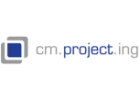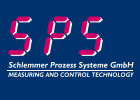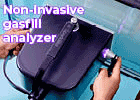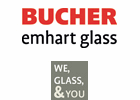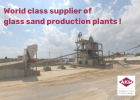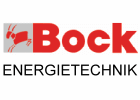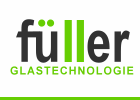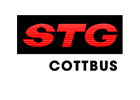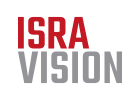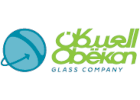INFO
联系方式
| 地址 | DIP-Tech Ferro Corporation 5 Atir Yeda st. 44643 Kfar Saba |
| 国家 | 以色列 |
| 电子邮箱 | Get in contact with DIP-Tech |
产品/机械
GlassJet is the first industrial direct-on-glass digital printer. It is a versatile flatbed digital printing unit that is suitable for any glass application where screen-printing is used. Its friendly interface and simple operation enable highly profitable single-operator mass production. The GlassJet printer was developed by DIP Tech.
Any desired image in digital format can be converted to printing models using file preparation software and then printed using Drop-On-Demand printing heads to the surface of washed and clean glass. After printing, glass pieces are automatically moved aside. Drying can be performed using normal air-drying or by IR-drying. The glass piece is then fired at the same temperature as screen printing ink. The same ink is used for both tempered and laminated glass.
Digital Printing on Glass
Traditionally, glass printing was performed using screen-printing. Current technology involves high-production costs, time-consuming processors and several production steps. In today’s competitive glass industry, where production runs are getting shorter, it is needless to say that cutting production costs and making procedures more efficient are vital for the glass processors to remain competitive. Glass processors therefore eagerly accept this new technology for the glass industry, and are quickly shifting from conventional to digital printing, mainly for small batches and rapidly changing products.
Digital printing advantages
Compared to traditional production methods, digital printing offers a variety of advantages:
Variable data
The ability to include serial number, date and any other information that can be changed easily between copies or job.
Eliminates screens costs
In digital printing there is no need for production tools, such as: photo-tools, printing screens or stencils. These costs are eliminated.
Eliminates screen storage
Jobs are stored on the GlassJet computer, which reduces the enormous need for storage space that was previously used for screen and film on screen-printing.
Digital printing improves time to market
Digital printing significantly shortens job production time, due to the elimination of the preparation time of the films and screens, as well as the elimination of the extensive set-up times of traditional production equipment. The use of digital printing solutions provides a competitive advantage over other glass processor companies.
Saving capital equipment & labor costs
Digital printing eliminates the need for various types of capital equipment.
Currently used equipment requires an abundance of costly labor, while for the GlassJet operation, only one operator is needed.
Improved yields due to better consistency
Digital printing is the shortest way from an electronic file to a finished product.
Multi color print
The ability to print several colors in one print, while screen-printing, requires one screen for each color.
Full opacity control
The option to apply several different ink thicknesses/coverages on the same job


